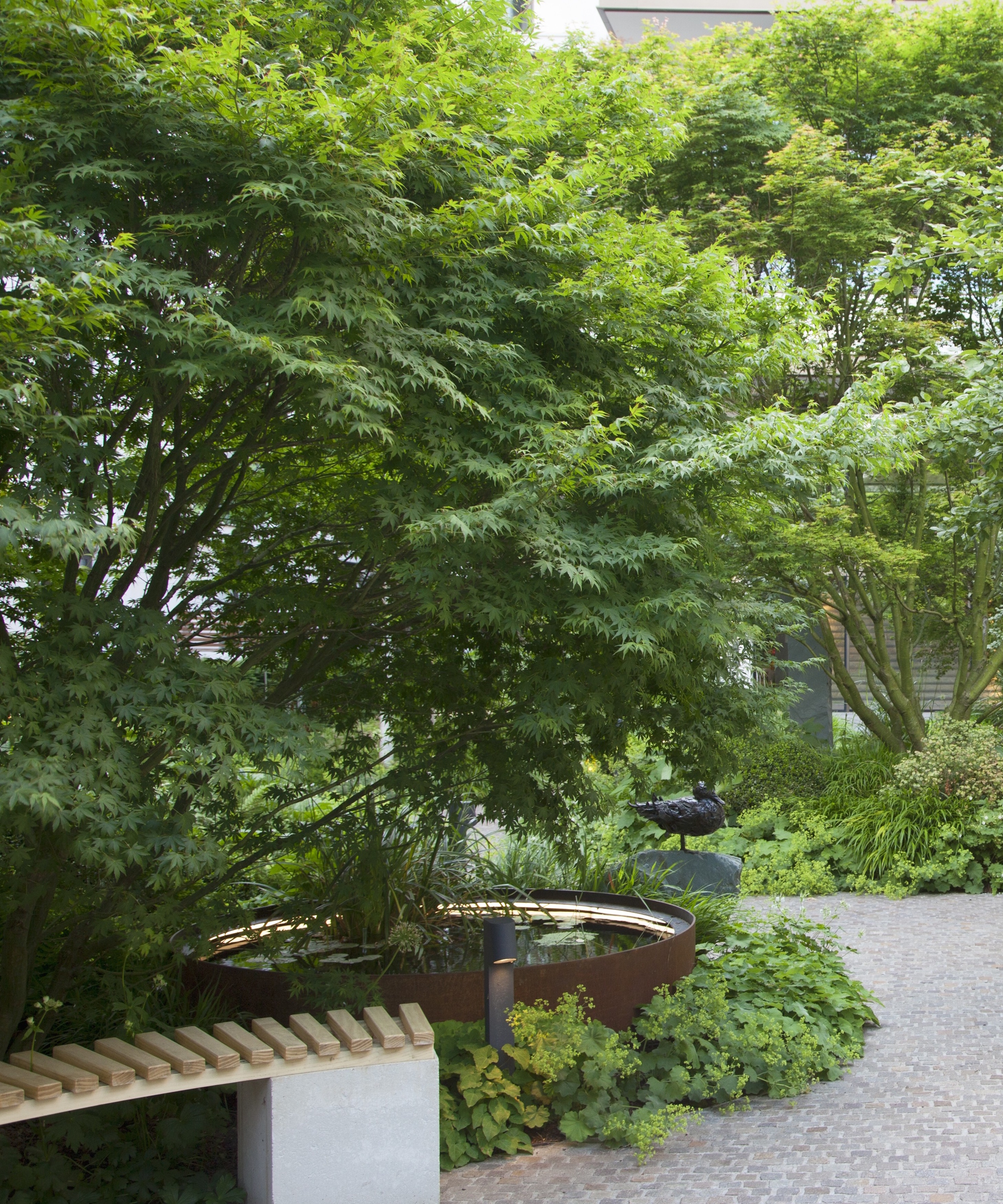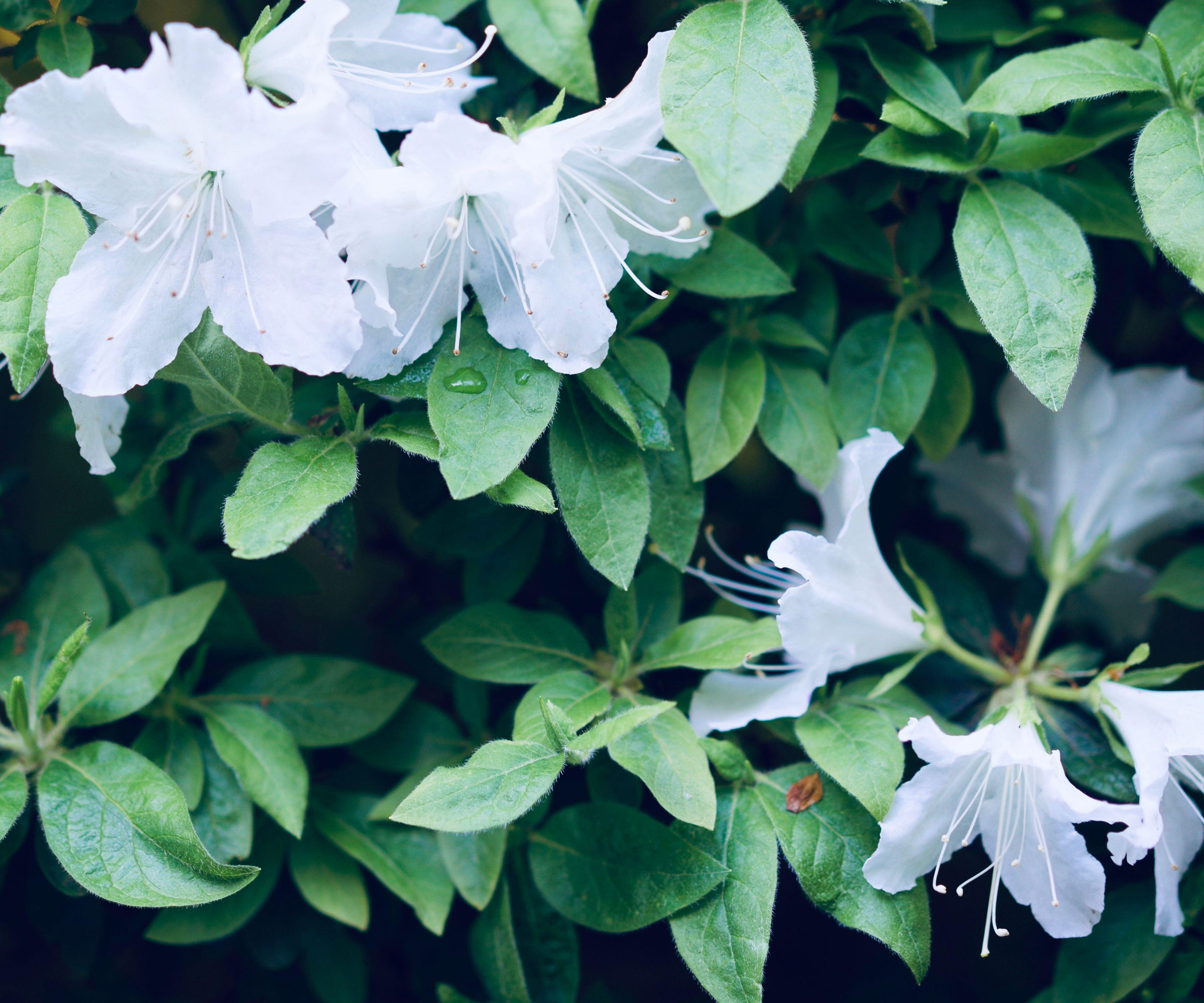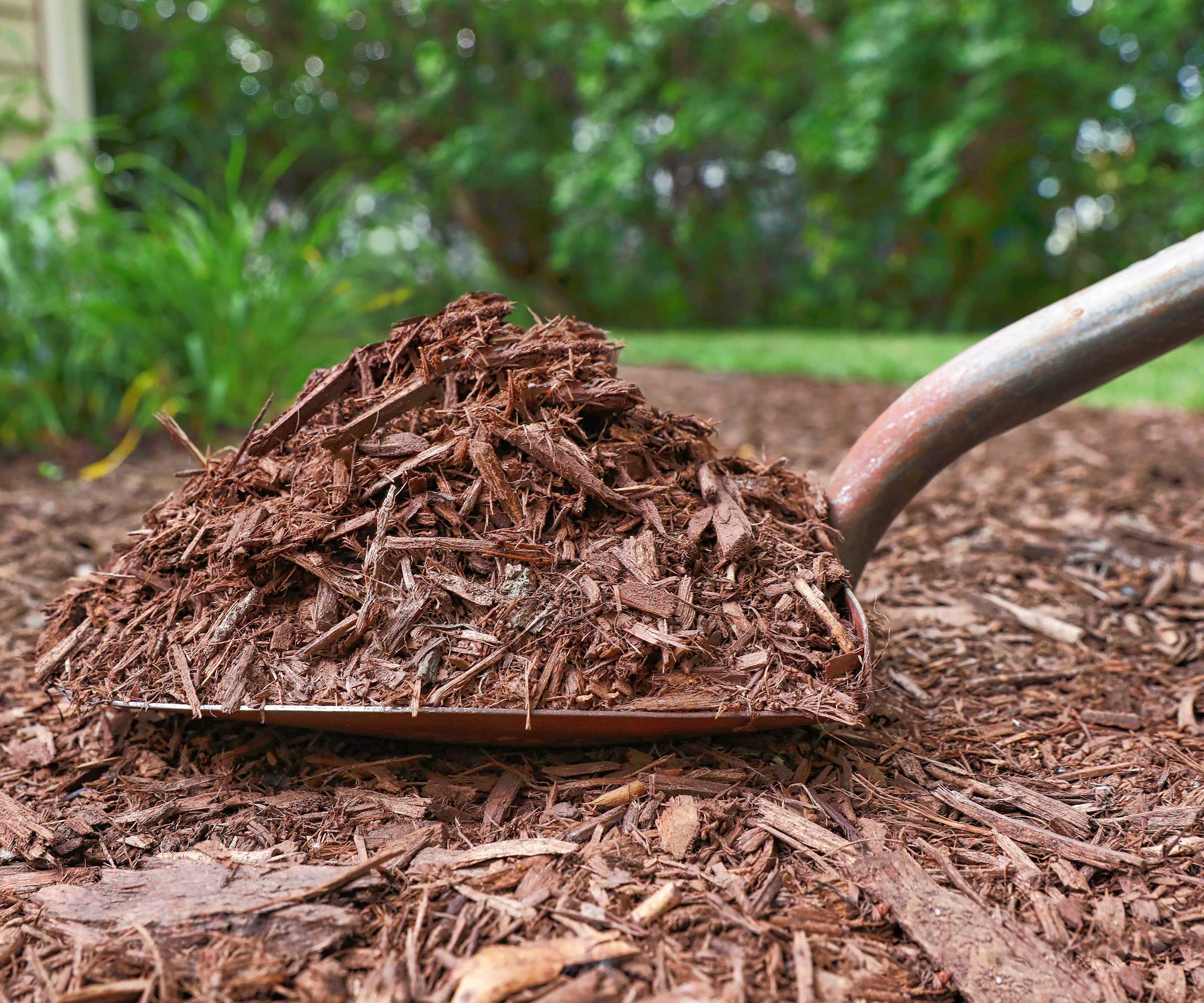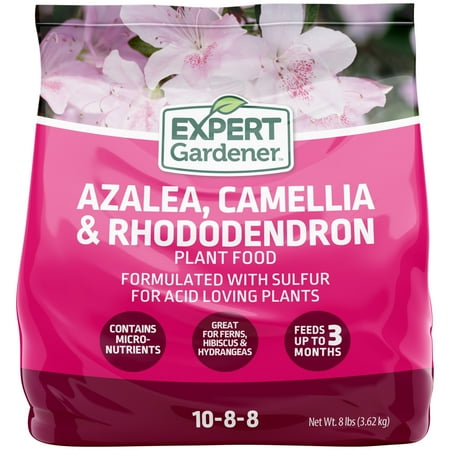How to grow swamp azalea – for an easy-going flowering shrub that thrives in shady and damp yards
This North American shrub produces masses of fragrant blooms and will add impact to any yard


Swamp azalea, or Rhododendron viscosum, is a striking native shrub found growing across much of the eastern and southern United States. And, as you might have guessed by the name, it is typically found in damp, wet, and swamp areas, making this an ideal option if you struggle with soggy borders.
As a deciduous shrub, green waxy leaves appear from early spring, before white or pale pink blooms open with a trumpet-like form, typical of other azaleas and rhododendrons. These flowers usually emerge in May or June, and are known to be popular with bees, butterflies and hummingbirds.
So, if you are seeking one of the best flowering shrubs that is native to North America, learning how to grow swamp azalea is a good idea. Here, one plant expert from Wisconsin reveals how best to care for this impressive shrub.

How to grow swamp azalea
If you are seeking shrubs that thrive on neglect, you won't find much better than this native plant. Not only is it easy to learn how to grow swamp azalea, but this tough species will also prove to be a hit with pollinators, too.
Given time, swamp azaleas can grow to 12 feet tall and five feet wide, so this is a plant for the back of the border in shady, damp yards.
Growing habits of swamp azalea

'If you have damp or wet soil in your yard, planting swamp azalea is recommended,' says plant expert Katie Sunderlage, who is based in Wisconsin.
However, while they will tolerate wet soil, as Katie says, they should not be planted where the roots will be completely submerged in standing water for many months. Such locations are considered places where never to plant azaleas.
Design expertise in your inbox – from inspiring decorating ideas and beautiful celebrity homes to practical gardening advice and shopping round-ups.
'Used most often for the strongly-scented blooms and beautiful fall foliage, this variety is native to the eastern US in swampy, marshy lands.
'Blooms emerge in early summer and offer a clove-like fragrance. Removing spent flowers can encourage new blooms for a longer-lasting season,' Katie says.
'The foliage is also impressive, and will emerge in dark green that then turns yellow, orange and purple during the fall.
'Swamp azaleas can be grown from US hardiness zone 4 to zone 9, and will do best in part-sun-part-shade,' Katie says. 'In warmer climates, these are some of the best shrubs for shade.
'In terms of how to grow azaleas, these are low-maintenance and easy options for time-short gardeners. Once they are established, there are only a few rules to follow to keep them happy.'
Swamp azalea live shrubs are available to order from Walmart.

Operations Manager at Holland Group, managing the customer service department and purchasing. Katie has been in the green industry since 2005 in the Greater Milwaukee area, earning her degree in Horticulture in 2008. She has been able to share her love for plants working in multiple garden centers, in sales positions and most recently in an online retail platform at Holland Group.
Care guide for swamp azalea

- Soil: 'Swamp azaleas grow well in moist, acidic soil,' Katie says. If you are unsure of your soil pH, use something like this soil testing kit, available from Amazon, to ascertain the value. 'To grow azaleas, you need to have an acidic soil with a pH value below 7.0.'
- Light: For the best results, grow these shrubs in part-shade to full-sun. In warm, southerly regions, provide some afternoon shade to protect your swamp azalea, whereas in cooler, northern areas, such as zone 5, full sun is optimal.
- Watering: Moist soil is preferred for this shrub. In the first year after planting, be sure to complete deep watering regularly to help your azalea as it settles into your yard. 'Mulching the base of the plant can prevent weeds and help retain moisture,' Katie adds.
- Fertilizing: 'Fertilizing is necessary if planted in alkaline-based soil,' Katie says. 'Adding an organic soil acidifier, available from Walmart, will help maintain the overall health of the plant and amend the soil so it is right for your shrub.'
- Pruning: Light pruning can be done after the blooms are finished in June or July. 'Early summer pruning is a good idea,' Katie says, 'which will help maintain the shape of the shrub. Otherwise, the only pruning necessary would be to remove broken or dead branches, and a spot of deadheading.'
- Toxicity: All parts of the swamp azalea plant are poisonous. The flowers, stems and leaves contain toxins and will cause issues if ingested. Keep away from children and keep an eye on dogs and cats.
FAQs
Can you grow swamp azalea in a pot?
While you can grow swamp azaleas in pots, I would not recommend doing so. This large shrub prefers moist soil, which can be a struggle with containers in spring and summer. It is not impossible, but it will require regular pruning and watering from April onwards. Instead, choose dwarf azalea cultivars, such as 'Geisha Orange' or 'Explorer', which are both compact and colorful, and better suited to pots.
Swamp azaleas (like all azaleas) are shallow-rooted plants, so be sure not to plant the shrub too deeply. The rootball should sit at the level of the soil to avoid water pooling around the base of the stem. In addition, you may need to provide some protection from the wind in the first year while the shrub establishes itself.
For more information and to grow your plant collection, see our guide on how to take azalea cuttings, and try your hand at propagation this year.
Shop plant accessories

Thomas is a Content Editor within the Gardens Team at Homes and Gardens. He has worked as a professional gardener for both public spaces and private estates, specializing in productive gardening, growing food and flowers. Trained in Horticulture at the Garden Museum, he has written on gardening and garden history for various publications, including The English Garden, Gardens Illustrated, Hortus, The London Gardener and Bloom. He has co-authored a Lonely Planet travel book, The Tree Atlas, due out in 2024.


